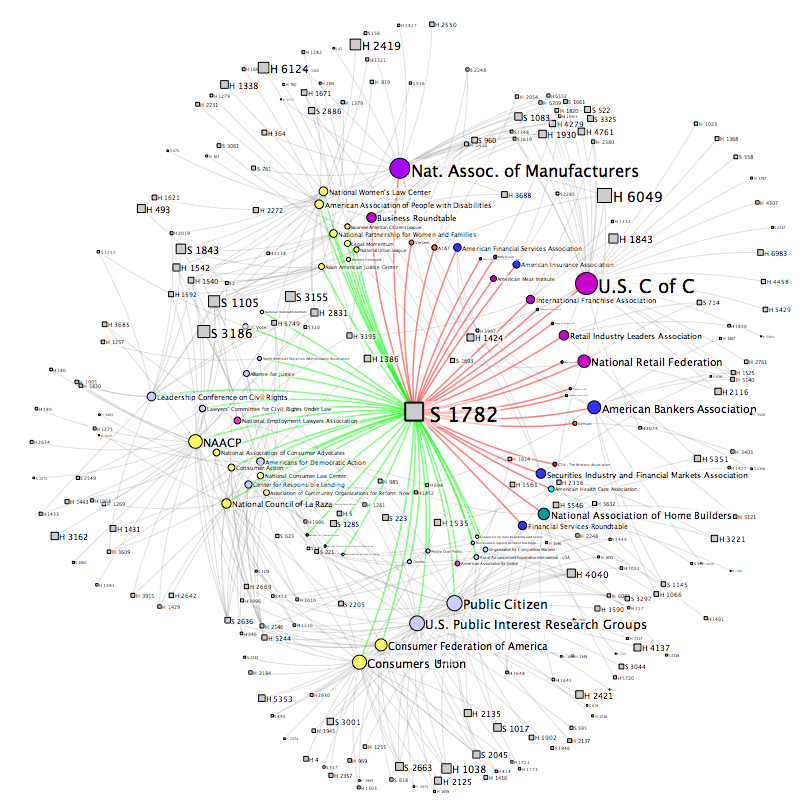medium | Amidst the Cold War, the United States of America continued to thrive off industrial capitalism and consumerism as a way of embodying what America represented — freedom, power, pride and identity. It was during this era that universal exhibitions in the U.S. were used to showcase such themes and continue showing the world how dominate they were, and how much they had achieved thus far in the twentieth century. Corporate companies were the main powerhouses at the world’s fairs and none other shined than WED Enterprises, formed by Walt Disney during the 1964 New York World’s Fair. Influenced by the ideals and values of world’s fairs, Walt visualized a concept ahead of its time — EPCOT.
World’s fairs have always been a site designed to showcase the achievements and technological advancements of nations. The 1964 World’s Fair held at Flushing Meadows Park in Queens, New York focused on showcasing mid-twentieth century American culture and technology, to promote “Peace through Understanding” during the Cold War and Space Age. With the help of over forty-five companies to create exhibitions and attractions, the fair acted as a grand consumer show featuring numerous of products produced in America for uses of transportation, living and consumer electronic needs that would never be repeated at future world’s fairs in America. Among these products and inventions included videoconferencing, the Ford Mustang, push-button telephones and most importantly Disney audio-animatronics — a brand-new state of the art technology that was tested by Walt and later incorporated into his theme parks. Walt’s involvement with the fair began when city planner and fair organizer Robert Moses enlisted him, architect Philip Johnson, artist Donald De Lue and engineers from around the world to mastermind the world’s fair — resulting in a museum-theme-park-carnival monstrosity that rivaled any attraction on the planet. Shortly before the opening of the fair, Walt analyzed the history of fairs through animated depictions. He believed that the fairs originated as “sites of trade and commerce” and would later develop as stages of “talent and art”, before ultimately becoming a “cultured and industrialized monolith of growth and progress.”
“Disney had a huge footprint at the world’s fair, which sprawled over the same square mile in Flushing Meadows as its 1939–1940 predecessor, which also tried to predict the future,” says journalist Lou Lumenick in his New York Post article Tomorrowland’, Disney and their links to the 1964–65 World’s Fair. At the 1939 New York World’s Fair, General Motors sponsored an exhibition entitled Futurama, in which guests would ride a vehicle on a conveyour system to view a scale model of what roadways and cities would look like twenty years into the future. Inspired by the attraction, Walt created two pavilions at the 1965 fair — Progressland and the Ford Pavilion. Sponsored by the General Electric Company, the Progressland Pavilion housed the exhibition The Carousel of Progress in a rotating theater with four stages that showed the lifestyle of an American family household during the 1890s, 1920s, 1950s and sometime in the distant future. The Ford Motors Pavilion housed the exhibition Ford’s Magic Skyway in which guests rode fifty actual Ford vehicles, including the brand-new Ford Mustang, that would pass slowly along an upper level track. The ride moved the audience through scenes featuring life-sized audio-animatronic dinosaurs, before passing through a futuristic city and finally arriving back in the present.
While his role was mainly to create exhibitions and attractions through
corporation sponsorships, Walt took matters into his own hands to
utilize the fair as an experiment to test new technology for the already
existing Disneyland in Anaheim, California, as well as drawing up a
prototype of his vision for the city of tomorrow — EPCOT (Experimental
Prototype Community of Tomorrow). Walt intended to create a utopian city
of the future based upon the ideals and values of technology,
transportation and community. In a twenty-five minute film shot shortly
before his death, he described EPCOT as a city “taking its cues from the
new ideas and new technologies that are now emerging from the creative
centers of American industry.” Walt hoped that EPCOT would become a
“community of tomorrow that will never be completed but will always be
introducing and testing, and demonstrating new materials and new
systems.” He concluded by saying, “EPCOT will always be a showcase to
the world of the ingenuity and imagination of American free enterprise.”
His original vision for EPCOT included a model community that would be
home to twenty thousand residents and would be shaped in the form of a
circle, with different businesses and commercial areas in the center.
Around it would be community buildings, schools and recreational
complexes, while residential neighborhoods would be on the outskirts of
the perimeter. At the time, Walt was fueled by his fascination for
transportation and spent countless of time and energy figuring out how
to move people from place to place. After unveiling the first monorail
on the Western Hemisphere at Disneyland in 1959, Walt utilized the
technology from Fords Magic Skyway for the future PeopleMover that
opened at Disneyland in 1967. But why was Disney so keen on bringing the
concept of EPCOT to life and why did the world’s fair have such an
impact?
![[triangle]](http://www.ncbi.nlm.nih.gov/corehtml/pmc/pmcents/rtrif.gif)


